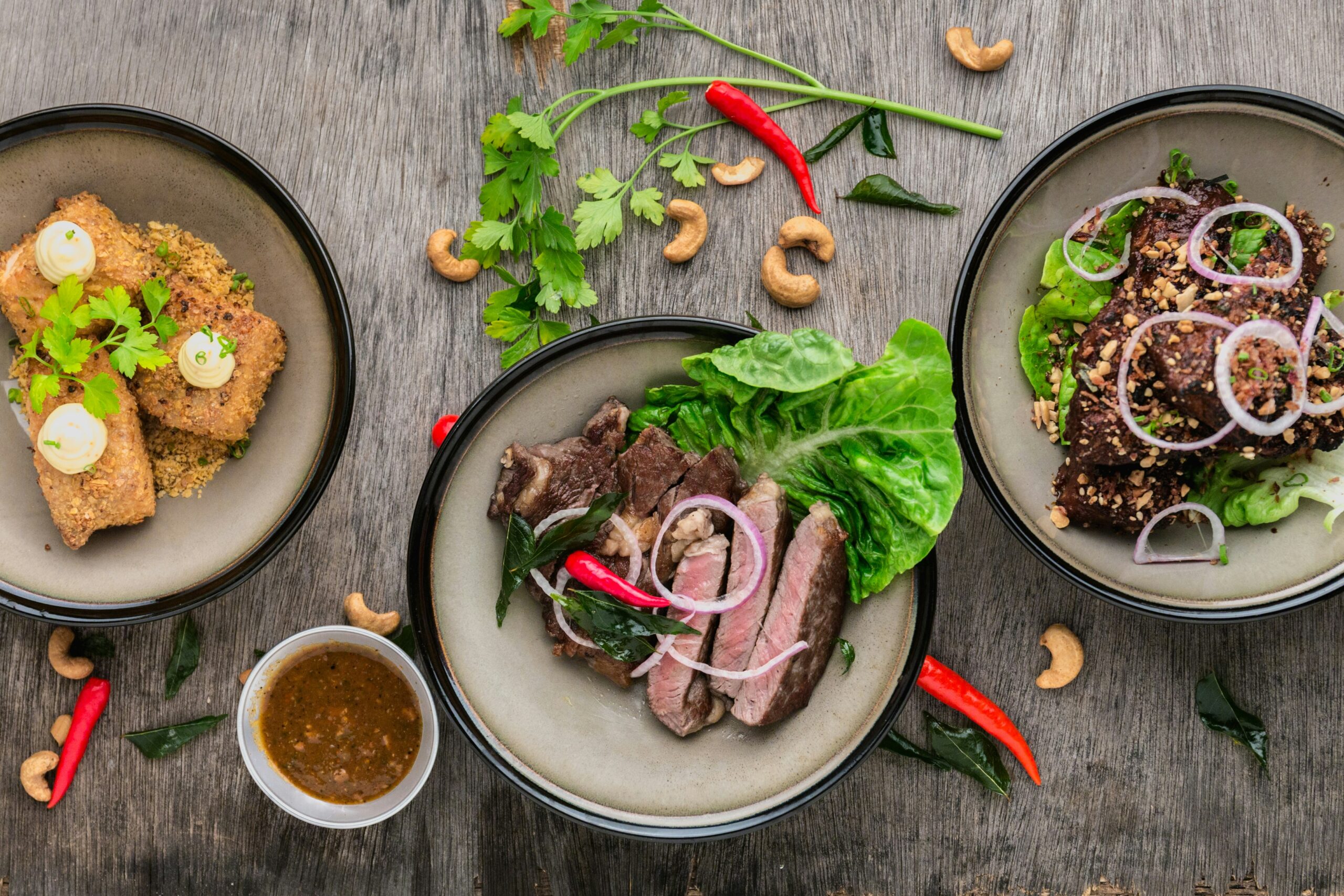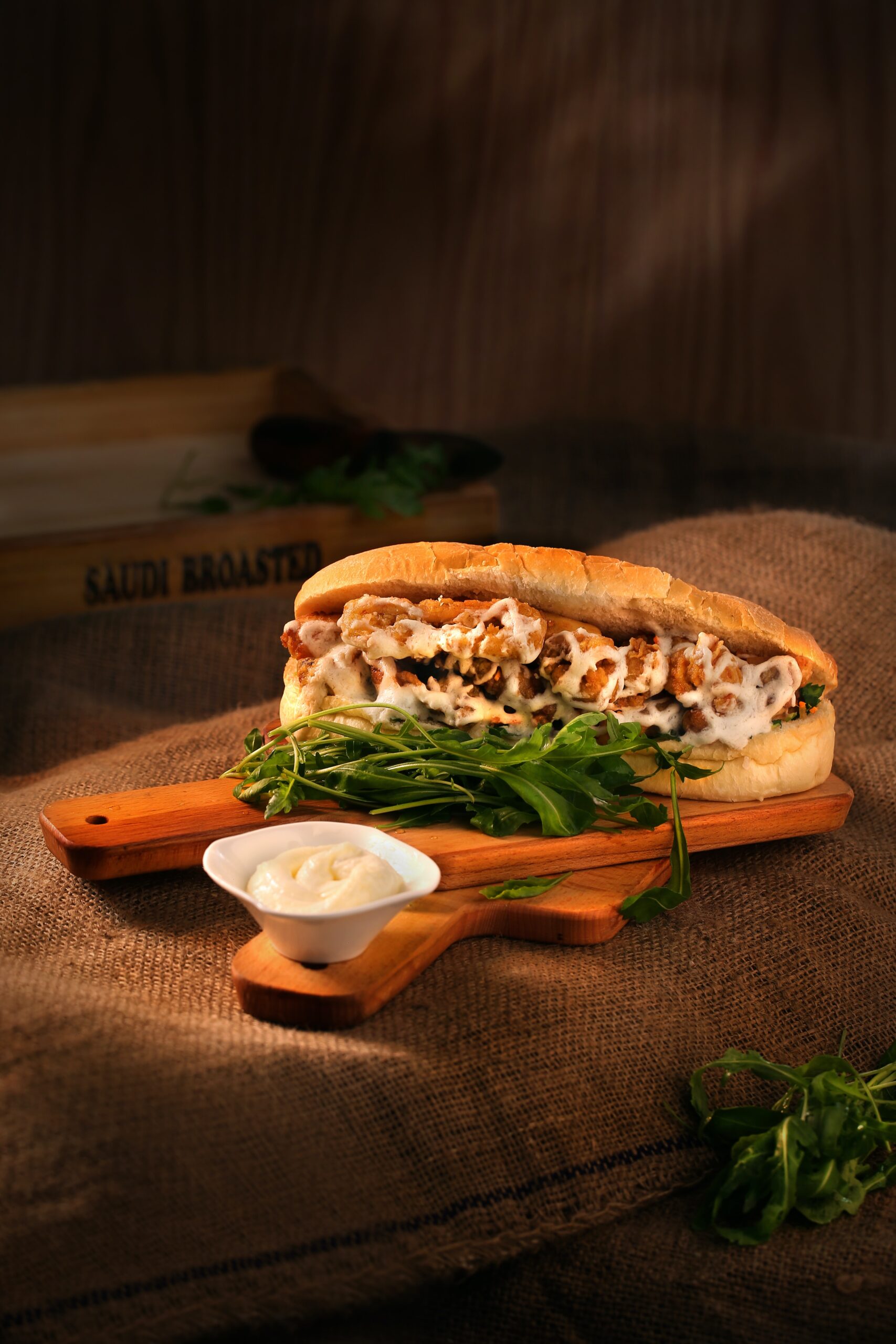Photo by Lily Banse on Unsplash
Raising menu prices might seem the easiest solution to boost profits, it is not always the best approach. By optimizing your menu, reducing waste, enhancing the customer experience, embracing technology, offering unique experiences, upselling, managing labor costs, and exploring alternative revenue streams.
BEYOND PRICE HIKES: INNOVATIVE STRATEGIES FOR BOOSTING RESTAURANT PROFIT
By Fred Kirvan – Founder and CEO, Kirvan Consulting
Profitability is always the goal for any business, for restaurants maintaining profitability can often feel like a delicate balancing act. When margins tighten, the instinctive response might be to raise menu prices. However, this approach isn’t always the most effective—or the most welcomed by your customers. Fortunately, there are numerous strategies to enhance your restaurant’s bottom line without resorting to price hikes. Here are some creative and practical ways to boost profits while keeping your patrons happy.
Optimize Your Menu
One of your most powerful tools is your menu. Streamlining your offerings to focus on high-margin items can significantly improve your profit margins. Conduct a thorough analysis of your menu to identify popular and cost-effective dishes. Promoting these items more prominently encourages customers to choose them, thereby increasing your average profit per order.
Additionally, consider implementing menu engineering techniques. This involves categorizing your dishes based on their popularity and profitability and strategically placing high-margin items in prominent positions on the menu. Descriptive, appetizing language and professional photography can make these dishes more appealing.
Reduce Food Waste
Food waste is a significant issue in the restaurant industry, often leading to unnecessary expenses. You can reduce waste and improve your bottom line by implementing better inventory management practices and training staff on portion control. Consider using technology solutions like inventory management software to track your stock and forecast demand accurately.
Creative use of ingredients can also help minimize waste. For example, using vegetable scraps for soups and sauces or repurposing leftover bread for croutons can turn potential waste into profitable dishes.
Enhance Customer Experience
A memorable dining experience can turn first-time visitors into loyal customers. Investing in staff training to improve service quality, creating a welcoming ambiance, and ensuring consistent food quality can enhance the overall customer experience. Happy customers are more likely to return and recommend your restaurant to others, increasing your revenue through repeat business and word-of-mouth marketing.
Loyalty programs and personalized marketing can further enhance customer retention. Offer rewards or discounts to repeat customers, and use data from your point-of-sale system to send personalized offers based on past dining habits.
Embrace Technology
Technology can play a crucial role in streamlining operations and reducing costs. Online ordering and delivery systems, digital reservation platforms, and self-service kiosks can improve efficiency and reduce labor costs. Adopting a robust point-of-sale system can provide valuable insights into sales trends, helping you make informed decisions about menu adjustments and promotions.
Social media and online marketing are also powerful tools for attracting new customers. A solid online presence, engaging content, and targeted advertising can increase visibility and drive traffic to your restaurant.
Offer Unique Experiences
Differentiate your restaurant by offering unique experiences that go beyond just dining. Themed nights, live music, cooking classes, or wine-tasting events can attract new customers and provide additional revenue streams. Collaborating with local businesses for cross-promotions can also expand your customer base and create a sense of community.
Focus on Upselling
Training your staff to upsell effectively can significantly boost your average check size. Encourage servers to suggest appetizers, side dishes, desserts, and beverages. Highlighting unique pairings, such as wine or cocktail recommendations with certain dishes, can enhance the dining experience while increasing sales.
Manage Labor Costs
Labor costs are one of the most significant expenses for any restaurant. Optimizing your staffing levels based on customer demand can reduce unnecessary labor costs without compromising service quality. Cross-training employees to handle multiple roles can also increase flexibility and efficiency, allowing you to manage your team more effectively during peak and off-peak hours.
Explore Alternative Revenue Streams
Consider diversifying your revenue streams, including catering services, meal kits, or branded merchandise. Offering cooking classes or hosting private events can also provide additional income. These alternative revenue streams can help stabilize your income and mitigate the impact of seasonal fluctuations in business.
Summary
While raising menu prices might seem the easiest solution to boost profits, it is not always the best approach. By optimizing your menu, reducing waste, enhancing the customer experience, embracing technology, offering unique experiences, upselling, managing labor costs, and exploring alternative revenue streams, you can improve your restaurant’s profitability in more sustainable and customer-friendly ways. Implementing these strategies will help you maintain a healthy bottom line and create a loyal customer base that appreciates the value you provide.





